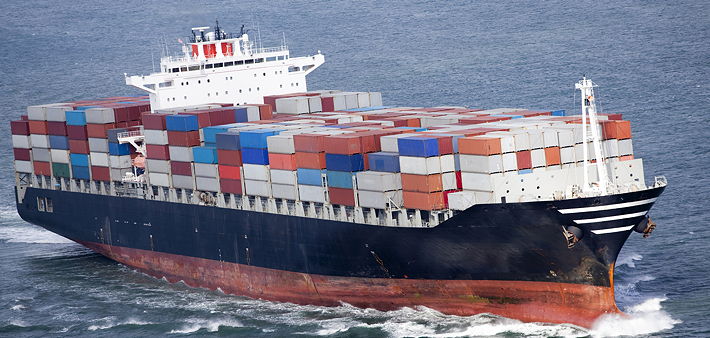Pork export volumes from the four major pig meat exporters, the EU, US, Canada and Brazil, increased last year, exceeding 5.5 million tonnes, while prices also recovered from early 2016 lows.

The average pork export price started 2016 at just $2.31/kg (£1.89/kg at current exchange rate), the lowest price for more than six years. However, by October, tighter supplies in a number of key producing states, coupled to a significant increase in Chinese demand for imported pork, saw average prices climb to $2.66/kg (£2.18/kg).
However, in the final two months of the year, export prices again began to tail-off, with the December average standing at $2.57/kg. This was driven by a decline in the US export price during the latter quarter, as production began to escalate, according to AHDB Pork.
The increasing volumes available from the US put pressure on the other key global exporters, with the Canadian price falling in line with the US. The EU price also dropped after the US price fell below it in October.
This was also partially influenced by the appreciation of the dollar following the election of Donald Trump, although EU export prices also showed a small decrease in euro terms, in order to remain competitive. Currency movements were also important for the recovery of the Brazilian price, in dollar terms, as the value of the Brazilian real against the US dollar increased.
AHDB Pork warned that the downturn in export prices seen at the end of 2016 could ultimately start to put downward pressure on UK prices, which have so far held up reasonably well against the usual seasonal decline at the start of 2017.
“The extent of this will depend upon the level of competition from the Americas on export markets, and how demand from China develops as the year progresses. However, the UK may be somewhat shielded from declining global prices due to the weakness of the pound, which could support prices in sterling terms whilst remaining competitive on the global market,” the levy body said.




